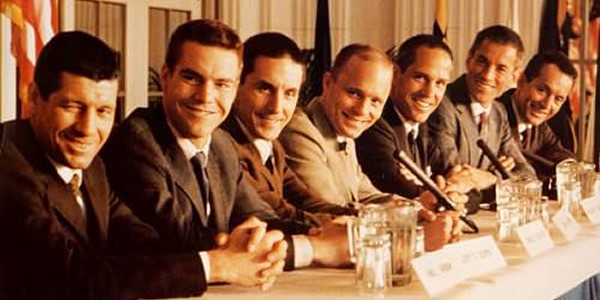What companies need to know to hire rig first time

Gallup, Inc., a research and analytic consulting company, reported, “Companies fail to choose the right manager 82% of the time,” and only “1 in 10 people possess the high talent to manage.” In January, Gallup also reported a “worldwide engagement crisis,” sighting that 70% of employees are either “not engaged” or “actively disengaged.” Bottom line — workforce engagement can make the difference whether a company thrives or struggles.
There are millions of opinions about “how to hire the perfect person every time” and “the ideal traits you should look for in a candidate,” but it’s never a fail-safe process. You can and will be fooled! As a small business owner, I often had to hire someone quickly. Sorting through piles of resumes and conducting hundreds of face-to-face interviews was overwhelming…No, it was painful and grueling. I recall hiring someone and thinking, “Who is this person?” It was as if their evil twin showed up. How could I have been so wrong? He nailed the interview, had great credentials, and appeared confident and articulate. So what did I miss?
I hired a consultant to coach me on proper interviewing techniques, onboarding processes, and the legal aspects of hiring. But I found I was still relying on my gut and hoping for the best. It’s all you can do, right? Nope! I was determined to find a process where I could identify the crop’s creme, the organization’s potential leaders, and those who would be steadfast, loyal, and able to get the “buy-in” of other team members. After many mistakes, this is what I found:
7 Exemplary Skills of a Top Performer:
Positive attitude. Optimistic people are happier and more likely to find the silver lining. One of the greatest sources of personal suffering is the inability to accept and adapt to change. Positive people see adversity as opportunity.
Enthusiasm. Energetic people are more flexible and adaptable to changing and challenging work environments. They are emotionally connected to the mission and purpose of their work. They work to “make meaning,” not just collect a paycheck.
Emotional Intelligence. People with higher social skills are good at helping others develop and shine. They are self-aware, know how to manage their emotions, and build strong personal connections.
Life Long Learners. People passionate about hobbies, outside interests, and personal development are engaged and socially attached to their communities. These people understand the value of pushing themselves and others to reach their peak potential.
Plays a musical instrument. Anita Collins, a Music Education Specialist with a Ph.D. in Neuroscience, says when someone plays an instrument, fireworks go off in their brain, engaging practically every brain area at once. It’s equivalent to a full body workout and strengthens brain functions in visual, auditory, and motor functions, which enhance higher-level tasks such as planning, strategizing, and attention to detail.
Sports. People who play sports (team or individual) are more disciplined and ambitious. These elite performers are goal-oriented, driven, and thrive under pressure.
Great communicators. People who are reassuring, calm, and easily express gratitude will motivate and inspire others. They will help deflect conflict because they aren’t afraid to speak up about things management may or may not be aware. They also excel at deep-active listening.
Don’t stop there…
When you find someone with the right stuff, it’s up to you to help them succeed. We now have five generations in the workplace competing for the same jobs. Each generation has different behavior styles and learning preferences. What motivates one person may not motivate the other. Give employees the time, tools, and support they need to do their best job.
In a nutshell, your company should appeal to the right people by adopting a leadership development-oriented culture. I teach management and supervisory classes across the country, and the first thing I say is, “Understand your number one job as a leader is to make everyone else look good. Then stand by, watch them flourish, and reap the rewards of a job well done.”


